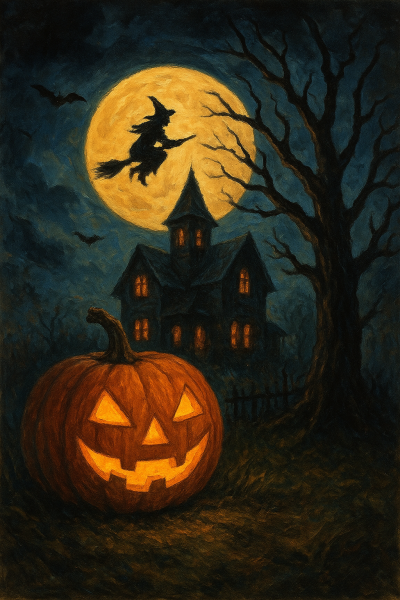Who was Saint Patrick?
As Saint Patrick’s day is approaching, people are looking forward to celebrating the day of Irish appreciation. The holiday began in Ireland as a way to honor the country’s patron saint, but through both immigration and secularization, it has now become a worldwide day to pay tribute to all things Irish. The date, March 17, is one of the few constants over the years. The day is commemorated through a range of traditions, such as preparing classic Irish food, adorning homes with clever green-and-gold decorations, and even making leprechaun traps. However, the holiday itself has an underlying meaning behind all the green. Saint Patrick himself was actually not Irish, however, he found his faith while being held as a prisoner by a group of Irish raiders.
Saint Patrick was actually born in Britain, which is contrary to the belief of him being Irish. At the age of 16, he was taken as a prisoner by Irish raiders who were attacking his family’s property. They transported him to Ireland where he spent six years in captivity. During this time, he worked as a shepherd, outdoors and away from people. Lonely and afraid, he turned to Christianity.
Patrick finally escaped after spending six years as a prisoner. According to his ancient writing, he explains he had heard God spoke to him in a dream, telling him it was time to leave Ireland. After escaping to Britain, Patrick reported that he experienced a second revelation—an angel in a dream tells him to return to Ireland as a missionary. Soon after, Patrick committed to religious training for fifteen years. After his ordination as a priest, he was sent to Ireland to minister to Christians already living in Ireland and to begin to convert the Irish.
Since Patrick was familiar with the Irish language and culture, he chose to incorporate traditional rituals into his lessons on Christianity instead of erasing native Irish beliefs. For example, he used bonfires to celebrate Easter since the Irish were known for honoring their gods with fire. Although there were a small number of Christians on the island when Patrick arrived, most Irish practiced a nature-based pagan religion. The Irish culture centered around a rich tradition of oral legend and myth. When this is taken into consideration, it is no surprise that the story of Patrick’s life became exaggerated over the centuries.
Patrick was never actually canonized by the Catholic Church despite being known as the patron saint of Ireland. People thought this simply because this was the era he lived in. During the first millennium, there was no formal canonization process in the Catholic Church. After becoming a priest and helping to spread Christianity throughout Ireland, Patrick was likely proclaimed a saint by popular acclaim.

My name is Kamea Paresa, and I am a senior at Greater Nanticoke Area School District. Without growing up in my hometown Wapwallopen and going to school...







